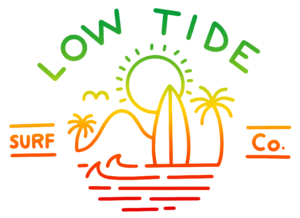CENTRAL AMERICA’S MOST STABLE DEMOCRACY REMAINS ITS MOST CONSISTENTLY INEXPENSIVE SURF DESTINATION
Nearly half a century since the surf world first got wind of Central America’s potential via the vagabonding road journals of Kevin Naughton and Craig Peterson, Costa Rica stands out as one of the most consistent and accessible destinations in the known surf world. For many East Coasters who grew up surfing in the late-90s and early 2000s, a Costa trip became somewhat of an annual pilgrimage. But as surf camps and yoga retreats proliferated on the country’s Pacific coast in the lead up to the 2008 financial crisis, overwhelming crowds and gringo prices became the rule, and nary a surf refuge remained in the paradisiacal country.
Today, after the housing market collapse led many Americans to abandon second homes and condos near the country’s premier spots and with Centro neighbors to the north El Salvador and Nicaragua offering comparable (if not better) surf, plus the safety, and surf camp experiences that were once exclusive to the region’s most stable democracy, Costa’s surf zones are a little less crowded these days.
But the waves haven’t left. And with a litany of surf-y towns lining the country’s Pacific coast from Tamarindo down the Nicoya Peninsula to Mal Pais and across the Gulf of Nicoya to the much heralded left-handers of Pavones, all within striking distance of the Juan Santamaría International Airport in San Jose, Costa Rica remains the best bang for your buck in all of Central America.
Getting There
California surfers can currently fly round-trip to San Jose for roughly $600, while East Coasters can get there and back from New York City airports for less—often under $500. Floridians meanwhile, can fly from Orlando, Miami, or Ft. Lauderdale for roughly $400. As always, board bag fees can be a budget buster, depending on the airline. However, the streets of many of the bigger surf towns in Costa—Nosara, Jaco, Tamarindo, Mal Pais—are lined with surf shops renting everything from high performance blades to voluminous grovelers to retro single fins to soft-tops. If you don’t mind riding a board a liter or two above or below your preferred volume, with a patch on the rail, or an unclaimed chest hair in its wax, a rental is a good option, as it will often be cheaper than the cost of roundtrip board bag fees.
We send newsletters, not spam. Pinky swear.
Insider offers & flash sales
Stop paying tourist pricing!
We take care of everything to set up the experience that best fits you.

